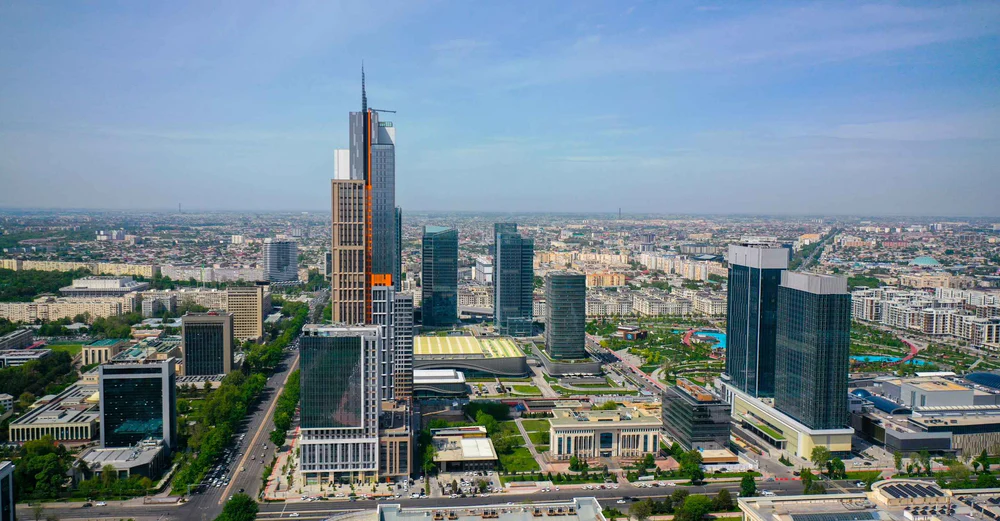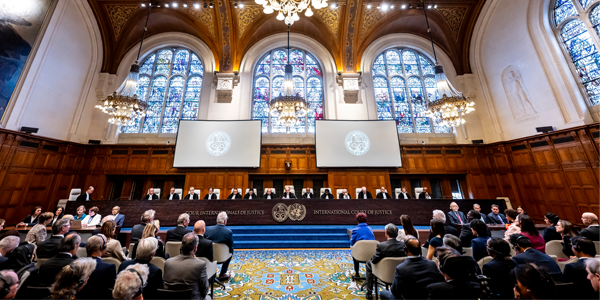Is the air quality good in Tashkent?
On October 5, 2025, at 11:00 PM PT, Tashkent, Uzbekistan, is experiencing poor air quality. The AQI is over 150, classified as “unhealthy” with PM2.5 concentrations dominating.
These conditions can cause respiratory issues, worsen heart problems, and impair lung function, especially for children, the elderly, and those with health vulnerabilities.
To stay safe during this temporary spike, limit outdoor time, seal windows, wear masks if venturing out, and use air purifiers indoors for cleaner breathing air.
Air quality is dynamic and, like the weather, can change frequently. Tashkent ranked as the most polluted major city in the world on Monday morning (local time), with nearby cities like Samarkand also affected.
Click here for a real-time air quality map of Tashkent.
While today’s air quality is relatively worse, Tashkent’s 2024 average PM2.5 concentration was 31.5 µg/m³, corresponding to an AQI of 92 (“moderate”), about 6.3 times higher than the WHO annual guideline of 5 µg/m³. This highlights that despite some day-to-day improvements, the city’s overall pollution levels remain a significant concern.
 Tashkent, Uzbekistan ranked as the most polluted major city on Oct 6, 2025, Monday morning (local time). Source: IQAir.
Tashkent, Uzbekistan ranked as the most polluted major city on Oct 6, 2025, Monday morning (local time). Source: IQAir.
When will the air quality improve in Tashkent?
Air quality is forecasted to gradually improve as winds strengthen and carry pollutants away, with AQI projected to fall into the moderate category (below 90) later in the day.
 Hourly air quality forecast for Tashkent, Uzbekistan on Oct 6, 2025, Monday morning (local time). Source: IQAir.
Hourly air quality forecast for Tashkent, Uzbekistan on Oct 6, 2025, Monday morning (local time). Source: IQAir.
Daily forecasts suggest that air quality in Tashkent generally remains in the “good” to “moderate” range, but on certain days, such as September 21 and today, it has spiked to alarming levels making the outdoor environment unfavorable for activities.
 Daily air quality forecast for Tashkent, Uzbekistan for the last 30 days. Source: IQAir.
Daily air quality forecast for Tashkent, Uzbekistan for the last 30 days. Source: IQAir.
 Air quality map of Tashkent, Uzbekistan on September 1, 2025, Saturday morning (local time). Source: IQAir.
Air quality map of Tashkent, Uzbekistan on September 1, 2025, Saturday morning (local time). Source: IQAir.
What is causing poor air quality in Tashkent?
Tashkent’s air pollution stems from a mix of natural and human-made sources. Windblown dust accounts for about 36% of PM2.5 pollution during summer, driven by its arid, desert-adjacent climate and surrounding mountains that trap particles.
Heating systems, particularly in winter, contribute roughly 28% of PM2.5 through coal and fuel oil burning, including use in greenhouses and residential setups (1).
Transport emissions add around 16%, largely from aging vehicles and low-quality fuels that release significant amounts of particulates and black carbon.
Industrial and energy-sector activities, including factories and power plants, contribute about 13% of PM2.5 pollution.
Seasonal factors such as temperature inversions, weak winds, and stagnant air conditions further worsen air quality by trapping pollutants close to the ground (2).
How can I protect myself from poor air quality?
- Get a free air quality app for real-time air quality alerts and forecasts.
- Shut doors and windows and set the HVAC to recirculate mode.
- Contribute to your community’s outdoor air quality data.
- Stay indoors when air quality is poor; if you do need to go outdoors, wear a KN95/FFP2 mask.
- Run a high-performance air purifier to filter particles, gases, and other pollutants.



